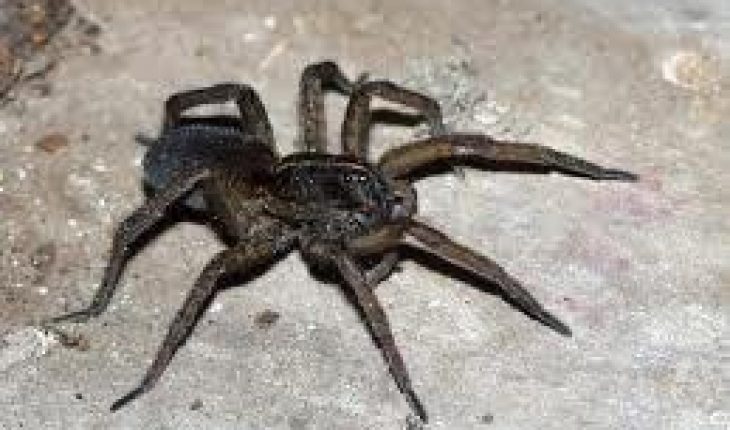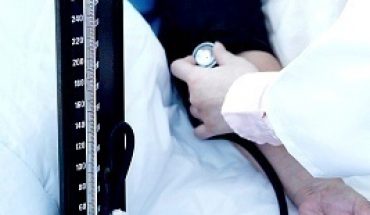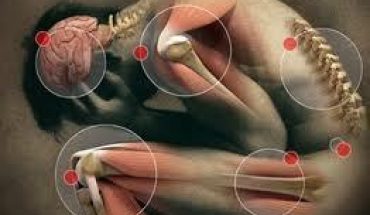A Spider bite can be referred to as a puncture to the skin, inflicted by a spider, or other members of the arachnid group. Concern about a spider bite, is usually due to the properties of its venom. A spider transmits its venom through the puncture in the skin, this puncture may raise concerns about the transmission of an infection, however not all spiders will transmit their venom through a bite. A Spider’s venom may be either neurotoxic or necrotoxic. Neurotoxic venom will attack the nervous system, while necrotoxic venom attacks any tissue that surrounds the bite, and sometimes organs.
Most spiders are of no harm to human beings. In reality, there are approximately 20,000 species of spiders, all of which are different, and only sixty (60) of them are able to bite a human being, four of which are unsafe for human beings. They are, the brown recluse, the famous black widow, the hobo, sometimes called aggressive house spider, and the yellow sac spider. Of this four, only two have been known to cause disease and death, the brown recluse, and the black widow.
A black widow is not necessarily black; it is sometimes brown, and has legs that are approximately two inches long. Most black widows can be seen with a red mark on their belly, and can be found anywhere in the US. They are normally equipped with toxins, that are strong enough to cause the nerve cell function improperly, as well as, cause muscle cells to twitch.
A brown recluse does not have to be brown; its color ranges from tan to dark brown, and it has legs that are about one inch in length. A brown recluse, can usually be spotted with a violin-shaped mark on its chest. They are mostly found in the southern central areas of the US.
Spider bite symptoms
A bite from a black widow is usually painful, so the victim should notice the spider, upon being bitten. The bite will leave a crown laceration, and this laceration is usually encircled with redness. The victim may also experience numbness, and in most cases a prickling sensation may occur. They may also notice that they have started to sweat, for no apparent reason. Rashes may appear all over the skin; this depends on the sensitivity level of the individual. The impact from the bite may also cause nausea, giving the victim the urge to vomit. The severity of the bite may cause the chest to tighten, and the abdominal muscles to become rigid.
A bite from the brown recluse is usually tender, so the victim might not notice the bite; however, it usually inflames the skin to the point where swelling, and blisters can be seen. A brown recluse spider bite symptoms includes; swelling of the area, pain due to discomfort, itching from a tingling sensation, as well as, obvious blisters. A brown recluse bite is strong enough to cause death of tissues in the bitten area. The severity of the bite may cause failure of the kidneys, abnormalities in blood coagulation, and difficulties in breathing.





